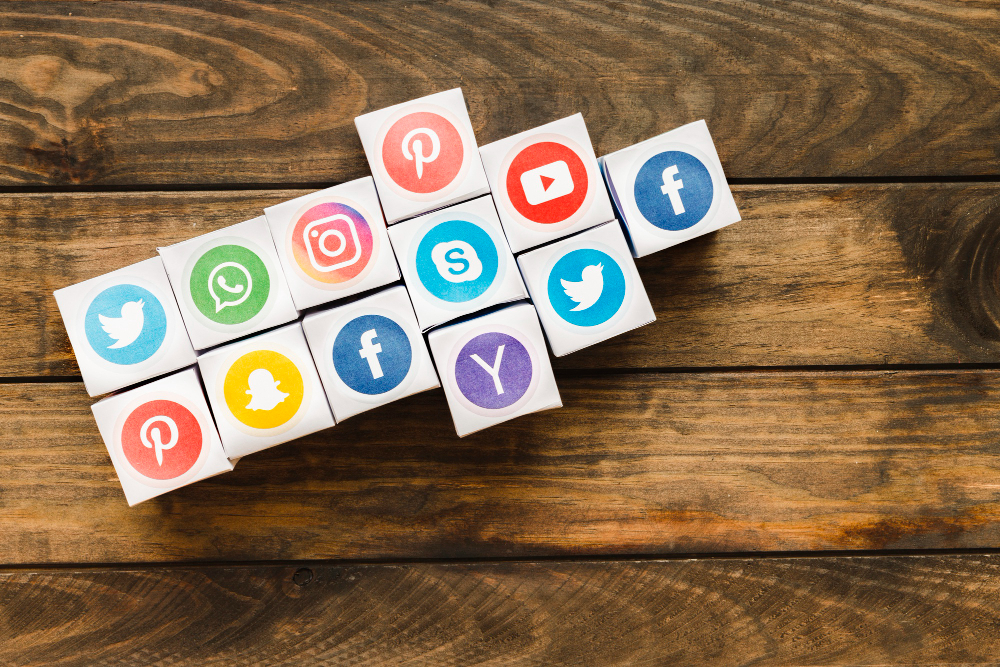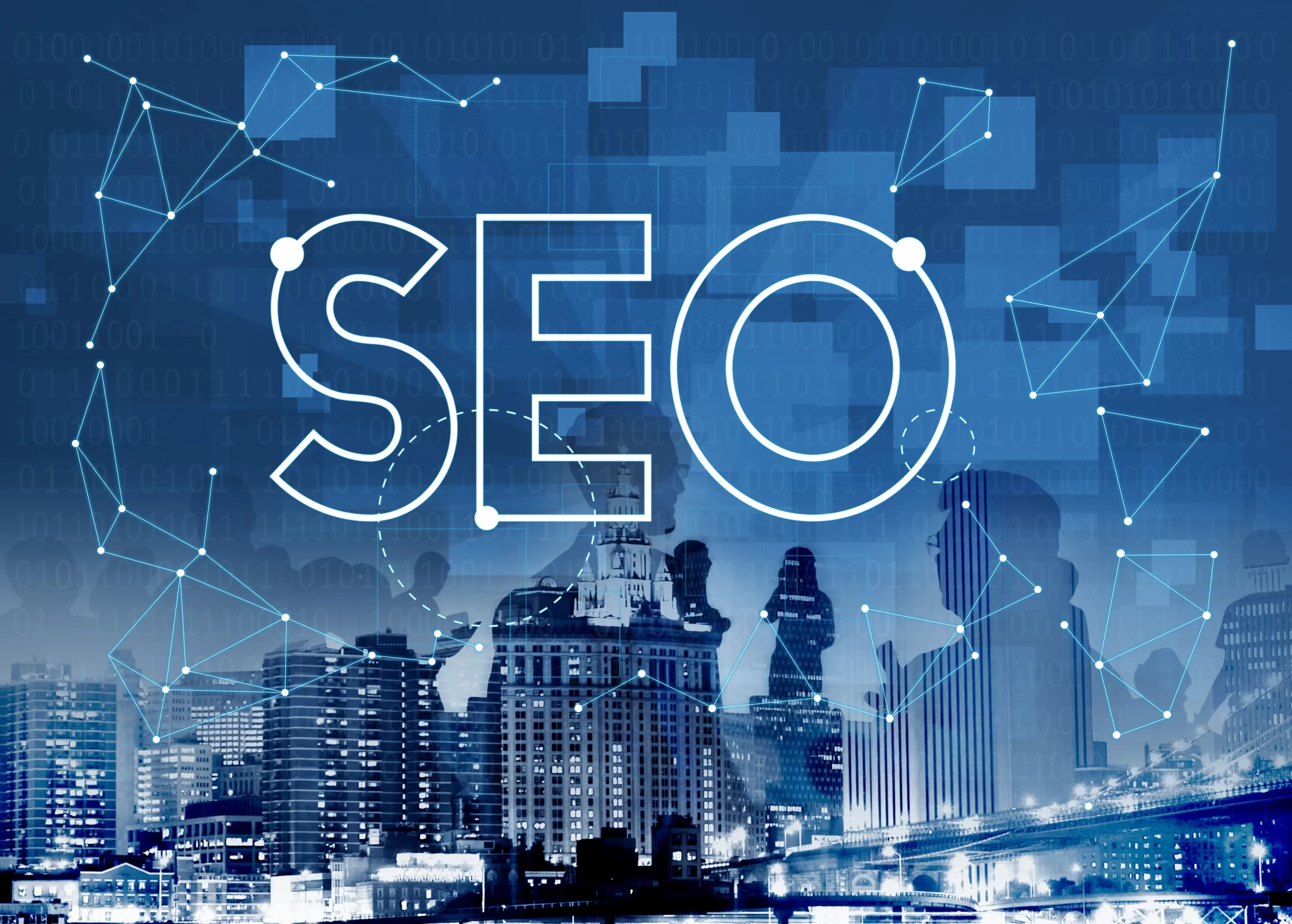
A sales pipeline consists of a set of procedures you take to make that happen and is simply the process of converting leads into clients. A sales pipeline’s aim is to accelerate the deal-closing process so that your business can boost sales and revenue more effectively. Many sales outsourcing companies are doing the same thing to convert leads into clients.
What processes should you include in your sales funnel is the real query, though. You could be unsure about the steps of the sales funnel or how to follow them. Here, we list the seven stages of the sales pipeline.
Each company and its business have a slightly different sales pipeline. Different stages of a company’s sales funnel exist than others. However, the majority of companies use seven primary stages, including the following:
- Prospecting
- Lead qualification
- Initial meeting or demo
- Needs analysis and proposal
- Negotiation and commitment
- Deal close
- Follow-up and retention
- Prospecting
- Lead Qualification
- Initial Meeting/Demo
- Needs Analysis and Proposal
- Negotiation and Commitment
- Deal Close
- Follow-up and Retention
Prospecting, or top-of-funnel marketing, is the first stage of the pipeline. During it, potential customers learn about your company from advertisements, search results, and other sources. When they do, they visit your website to discover more about your products.
You can refine your marketing and ad targeting to zero in on a certain audience that you know is likely to make a purchase from you to make this stage more effective. For instance, if you find that the majority of your clients are Sacramento-based guys between the ages of 30 and 60, you might focus your advertising efforts on them.
Lead qualification is the next phase. By offering lead magnets, you try to convert site visitors into leads at this stage. Content like free trials, e-books, newsletters, gated content, and more are examples of lead magnets.
In essence, you give individuals a special benefit that they may use by, say, supplying their email address. Since many people won’t be willing to do this, you know they weren’t the ones to focus on in the first place. However, those that do respond will be considered leads. In the succeeding phases, those are the people to concentrate on.
After compiling a list of leads, you can begin addressing them more specifically. Offer to schedule a meeting or product demonstration so you can show them what your business has to offer and how it may benefit them. The best action to do is this.
Plan the meeting for those who agree. In addition to showcasing sales outsourcing services or goods, take advantage of this time to assess each lead’s engagement and level of interest in order to decide whether they are eligible for a proposal. If so, you can move on to the pipeline’s next phase.
The needs analysis and proposal stage of the pipeline is the next one. An investigation of a potential client’s needs is exactly what it sounds like; it is called a needs analysis. So, you evaluate each lead’s particular circumstances, including their goals, any hurdles in the way of achieving those goals, and any sales opportunities you may have.
Here, you can then make a proposal if the analysis shows that there is a chance for a sale. Meet with your leads one more time to make your closing pitch. Explain in detail the good or service they should purchase, how it will benefit them, and the cost.
This pipeline stage will not be used by all companies. For those who do, it’s a time when you bargain with potential clients about the specifics. They might want to change the cost or the parameters of the job you’ll be assisting them with. This is where you would resolve whatever it is.
On the other hand, you might not permit any haggling because the scope of your services is specially predetermined and you don’t allow for any price negotiation. In that instance, moving directly from the proposal to the next stage of the pipeline might be a straightforward process.
At this point, a sale is your ultimate objective. Prospects that move on to this level have completed the process of making a purchase and becoming customers. Once the sale has been accomplished, all that remains is to ensure the consumer gets the goods or services they ordered.
Once one of your customers makes a purchase, it’s easy to believe that the pipeline is finished. In some cases, that may be the case – if your business specializes in one-time transactions, such as the sale of washing machines, you probably don’t need to worry about customer retention.
Your task now is to maintain that relationship if a sale results in a long-term partnership between you and the client. For instance, it’s not as straightforward as sending a product to a corporation and calling it a day if they hire you as a financial adviser.
You worked so hard to get their business; you don’t want to lose them now. To that end, be sure to keep offering the best customer service. Always evaluate your client’s demands and take care of any adjustments or challenges that may arise.
It is easy to drive new leads through the sales pipeline stages. Marketing and sales must work together to improve your sales pipeline. However, you could not be certain what to do regarding the marketing aspect of things. Alternatively, you might be certain, but you merely lack a large enough crew to accomplish all the marketing chores you desire to complete. In that case, you can go with a digital marketing company, an internet marketing company, or a social media branding company. A digital marketing company can simply do things.













